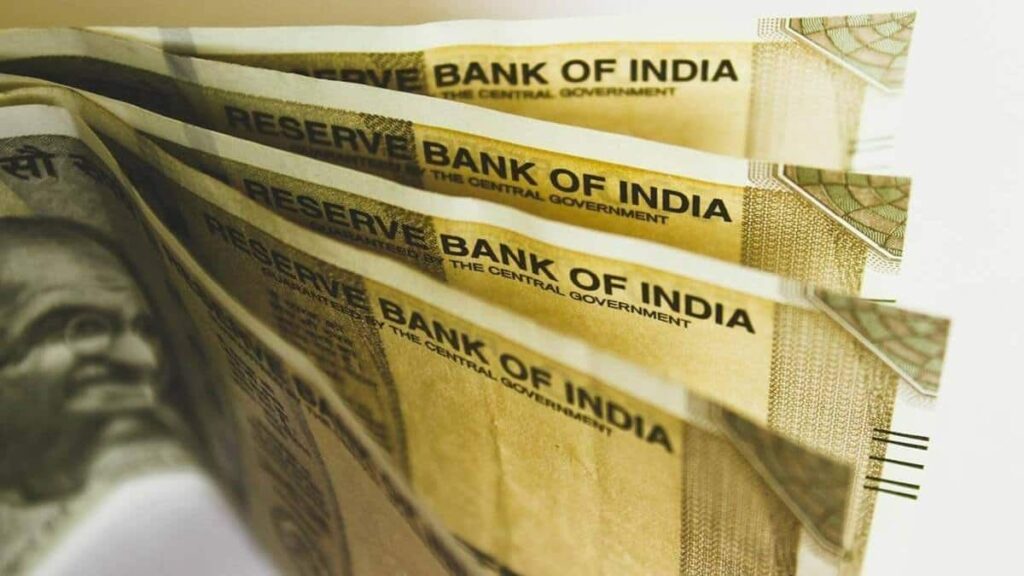NEW DELHI: The 16th Finance Commission (FC) may be urged to consider incentives for improvement in debt consolidation and quality of expenditure, issues which were considered by the 15th FC too, though it did not assign any specific weights to them in either in the criteria for tax devolution or disbursal of grants-in-aid.
The setting up of the new FC whose five-year award period starts form FY27 is learnt to have been on the agenda of the Union Cabinet meeting on Tuesday. However, till the time of going to press, there wasn’t any official word on whether the Cabinet approved the formation of the commission or its terms of reference (ToR).
Official sources said the TOR would likely stick to the mandate under Article 280 of the Constitution and would be “generic” in nature. The government would seek to avoid a controversy or rift with states ahead of the general elections, they added.
This contrasts with the ToR given to 15th FC which was controversial for an implicit directive to dispense with the revenue deficit grants to the state governments and the suggestion that the population data of 2011 census be relied upon, instead of the conventional practice of 1971 census data. Of course, the Commission did a balancing act, by prescribing a tapering of revenue deficit grants instead of their sudden withdrawal, and giving a certain weight to population control performance in tax devolution criteria.
The formation of 16th Finance Commission amid continued concerns amid continuing concerns over the high public debt and the pressure on sovereign funds to meet the sustainable development goals, and critical infrastructure creation.
Under Article 280 of the Constitution, the Finance Commission will recommend how the net proceeds of taxes in the divisible tax pool will be distributed between the Centre and states and among states inter se.
This apart, the Commission has over the decades also laid down the norms governing grants-in-aid of the states’ revenues funded out of the Consolidated Fund of India and the sums to be paid to states as grants in-aid.
According to sources, new criteria such as climate finance and progress towards sustainable development goals (SDGs), two key themes of India’s G20 Presidency are also expected to be added to the ToR this time. Progress in capital expenditure may also be a performance yardstick.
However, with many states resorting to freebies or non-productive spending, high advertisement expenditure, and returning to fiscally imprudent old pension schemes (OPS), there are high chances that these could find a place in the ToR under a broad theme revolving around strengthening fiscal management and bringing the general government debt down to pre-Covid level, sources said.
Historically, 80-85% of ToRs have been fixed for horizontal devolution of states’ aggregate share (42% since 14th FC) in the divisible tax pool. These criteria include population (15% weight in 15th FC), area (15%), forest and ecology (10%) and income distance (45%). The remaining are performance criteria – demographic performance (12.5%) and tax efforts (2.5%) in the 15th FC award period. The weight to population and incentive for population control or demographic performance would likely remain unchanged in 16th FC as well.
On the other hand, most of the grants except revenue deficit grant are outcome-based and hence conditional or performance-based incentives.
With the trend of ‘freebies’ such as free electricity gaining fresh political traction, the Supreme Court last year sought views from Election Commission and Finance Commission. Since the 15th Finance Commission was no more functional then, the 16th FC might take this into consideration.
“As not all subsidies are freebies, the 16th FC commission will likely identify the subsidies that are productive such as those on nutrition, health or education and seek to discourage unproductive ones like free electricity to households,” a public finance expert, who did not wish to be identified, said.
After considering the recent spike in freebies and some states reverting to the fiscally unsustainable old pension scheme from the reform-oriented National Pension System (NPS), the 16th FC might look into the issue afresh to see the feasibility of linking verifiable parameters such as the implementation of contributory NPS/similar scheme, advertisement spending is within historical trends or not, etc.
Of late, the Centre and state governments are spending too much in advertising their achievements not only in their respective states but also nationally. The Commission may also look into the issue as part of the broad exercise on linking incentives to the quality of expenditure.
Even the 15th FC ToR had a mandate to examine performance-based incentives based on “control or lack of it in incurring expenditure on populist measures”. However, the FC did not recommend anything on this front as states opposed it and the Covid-19 hit the country.
However, public debt reduction has progressed at a steeper pace than envisaged by the 15th FC in recent years (see chart).
India’s government debt which was around 70% in FY19 rose to around 88% in FY21 after Covid-19 broke out and the government mobilised more debt to provide succour as well as sustain economic activities. It has been brought down sharply to around 81% in FY23 as the Centre and states rolled out fiscal consolidation plans, while the 15th FC envisaged the debt level to still hover around 90% in the year. The Centre’s debt to GDP rose from around 49% in FY19 to 61.5% in FY21, before moderating to 57% in FY23.
Source: The Financial Express


 India Inc Looking To Recruit Talent With ‘Green’ Skills
India Inc Looking To Recruit Talent With ‘Green’ Skills 